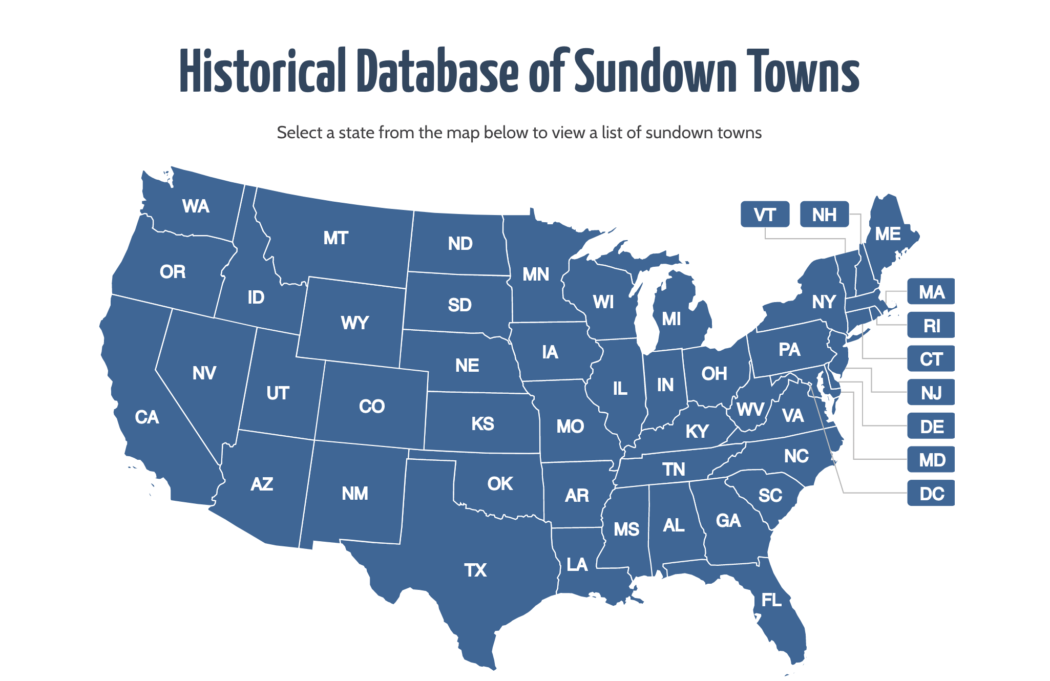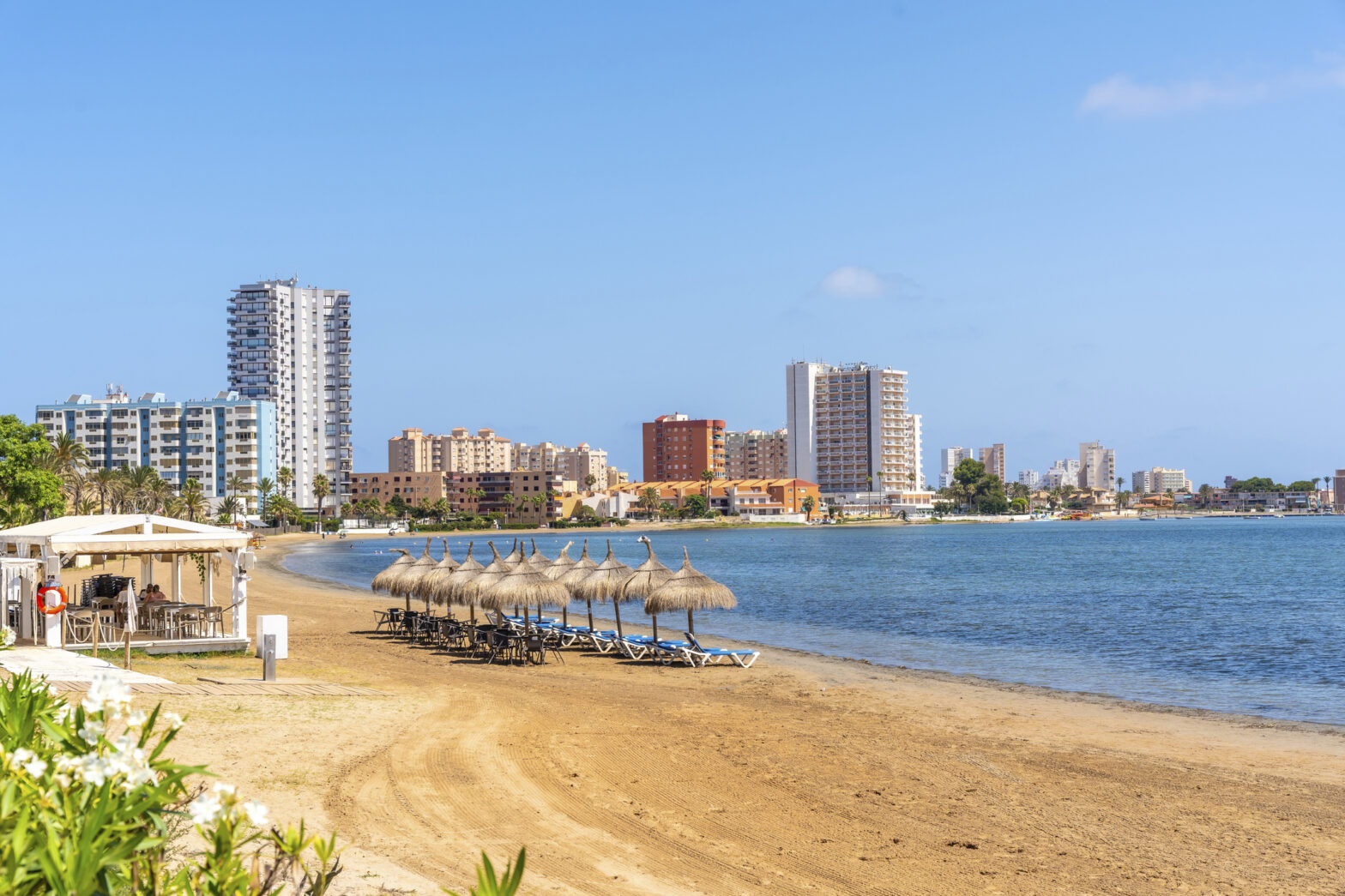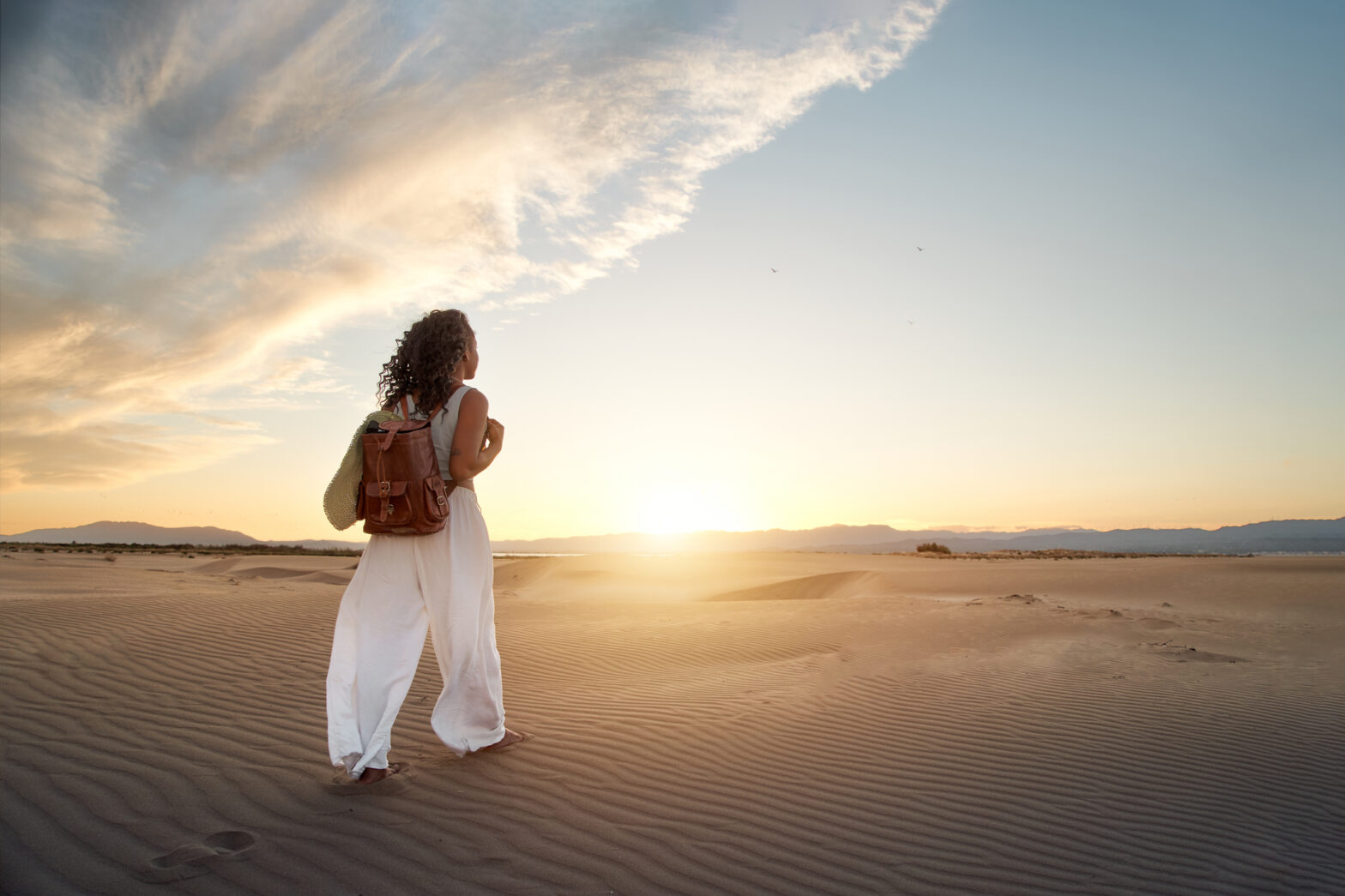If I’m being honest, I can’t believe I have to write this story about a guide to sundown towns. But I would be remiss if I didn’t, as our platform here at Travel Noire caters to Black travelers.
I was scrolling one night on social media when a white woman asked a question in one of the travel groups I’m in.
“Women of color, I am needing your input,” she starts out. “[I’m] driving with my son, who is a 19-year-old Black male, from Dallas to Seattle.”
She continues, “My question comes after Vegas. Should we take the route suggested through Utah and Idaho (my main concern) and into Eastern Washington to hit I-90 into Seattle? she asks. “Or should we take a bit longer route (less than 200 miles) cutting across Nevada and up the 5 through Northern California, Oregon, and into Washington?”
RELATED: Yes, Sundown Towns Are Still A Problem For Black Travelers In The United States
She makes it clear in the post that this isn’t her first road trip with her son. But now that he’s of driving age, she’s concerned about particular routes and towns because her son is bi-racial.
First off, shout out to this mother for acknowledging how complicated it can be for people of color behind the wheel – let alone traveling on a road trip. From law enforcement, racist people, and ignorant small businesses who could deny you service – there are so many safety factors we have to consider when simply driving.
Kudos to this mom for recognizing this potential danger her child could face. But shame on this country that these questions [still] have to be asked.
1. A Fear People Acknowledge

More than 6,000 people reacted to the post with more than 690 comments before the mother turned off her comments.
Black women in the all-inclusive travel group shared horrifying stories of traveling while Black.
“I would probably take the longer way or make sure you are the one driving through Idaho and limit stops,” one woman stated.” I was denied rooms twice in Utah only to have a white friend go in behind me, and the room is suddenly available.”
RELATED: ‘Sundown Town’: Group Issues Travel Warning For Black People Visiting San Antonio
Many others dropped some gems of advice:
“I say take the longer route. It’s not worth the risk. Too much happens in those areas in the daytime. That outweighs the fact it’s a sundown town,” another woman said. “Avoid him driving at night at all if possible, or research parts of the route where it may be ok for him to do so. I plan routes either around sundown towns in the daytime or ensure I put gas again before I pass through in the daytime. I ‘gun it’ with my handgun on the seat, and I definitely won’t try that period at night.”
Heavy stuff, right?
But the most helpful tool in the comments is a guide to sundown towns in the county.
2. Here’s What To Know About The Guide

Sundown towns are cities and municipalities made of an all-white or a majority white population is known for their practices of racial segregation, discriminatory laws, intimidation, or violence.
As some educators point out, a sundown town is not a place where something racist happens. It’s an entire community with practices translating to “all white” on purpose.
These kinds of cities were established in the late 19th century. They’re named such because, at one point, physical placards were warning non-white folks to stay away after the sun went down.
Unfortunately, while not explicitly, many of these towns still exist today, which prompted educators, historians, and an engaged public to create a Sundown Town Guide.
“Welcome to the world’s only registry of sundown towns,” a statement reads on the website. “Just click on a state to see an alphabetical list of all the sundown towns we know about [or] think may [have] been sundown towns and have managed to get up onto the site.”
It’s important to note that the guide recognizes that not all towns are thoroughly confirmed, and creators hope people will look at the data to come to their own conclusion.
Collaborators also point out that just because a town isn’t listed doesn’t mean it’s not a sundown town.
Black travelers are using the guide as a resource to identify potential dangers when driving on the road, similar to Victor Hugo Green’s historic Greenbook during the Jim Crow era.
You can access the guide by clicking here.





